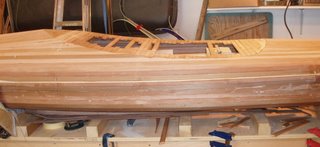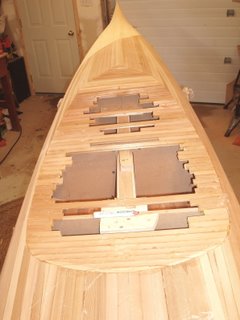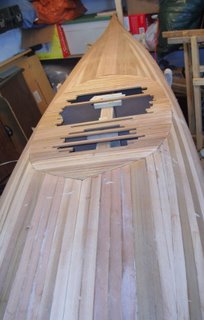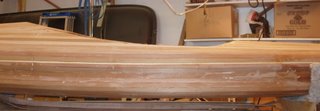

I paddled down the Green with Daniel and a big posse of people the other day. It was his birthday.
It seemed like most of the Asheville paddling crowd was there. It was a lot like any day on the river with that crew.
Meeting at the takeout, walking the trail, chatting, talking shit, and getting psyched for another run, fast lines,
and a good adrenaline pump at Gorilla. Daniel and few others caught a rediculous eddie 5 feet above the notch.
Other than that it was a fairly normal Green run. But now its totally different and things keep coming back to me
from that day and they have so much more significance now. I remember grinning with him in the parking lot over something funny that happened. He gave Whitney advice on how to run Boof, and she slicked it.
I had a super smooth run through Go Left and I remember looking back upstream at the rapid that day and remembering that Daniel had gotten me off the couch a few years before and had really helped me push myself to get paddling hard again.
I always love catching the eddie after the notch at Gorilla because it is one of the coolest eddies in the world. Just look around. At the take out we shared a 3.2 beer that had been rolling around in Johns van since Salt Lake City and laughed about the stupid eddie they caught, Tommy being a dad, extreme fishing, and how many times Jason thought he could walk back up and run Gorilla in one day.
Then I got a phone call and the river will never be the same.
In the days since that phone call I have paddled the river.
It's like paddling through an album of thoughts, memories, and emotions.
What makes any river powerful for me are the adventures that are shared there.
I don't feel something from the river. I feel something from the people, experiences, conversations, and lines that build up my feeling of what that river is all about.
My first trip over Gorilla after Daniel died was intense.
Someone put a rock cairn at the notch over looking the drop.
It was powerful.
The soundtrack of the notch, gorilla, and the slides are full of Danielisms.
"Yeeeeeeaaaaaauuuuuuuuhhhhhh"
"Yeah Dawg"
"Yeah he slicked that shit"
"Time to Run the Shit"
"Ride the Lighting"
It just rolls around in my head.
Not a bad soundtrack.
I put together some clips from that day paddling with folks on Friday. Daniel did so many amazing things but what I remember are days out on the Green having a good time with he and the rest of the gang. These shots are things that happened and thoughts of experiences I had with D on the river.
Video Thoughts of Daniel, Click This





















